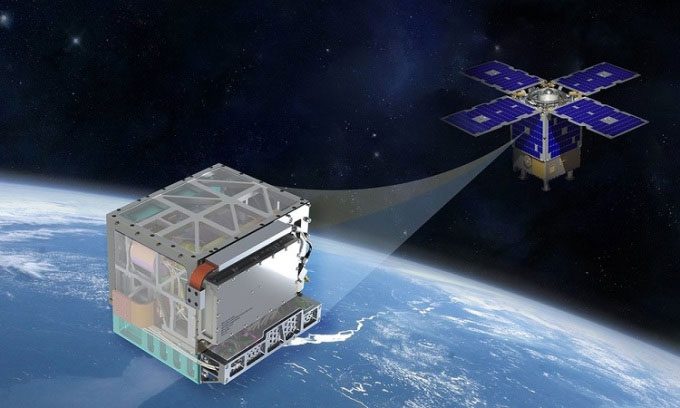The U.S. Government Launches Project to Develop Mobile Optical Atomic Clocks with 100 Times Greater Accuracy than Microwave Atomic Clocks.
The Defense Advanced Research Projects Agency (DARPA) has announced the Robust Optical Clock Network (ROCkN) program, aimed at creating a super-precise optical atomic clock that is compact enough to be installed in military aircraft or battlefield vehicles.

NASA’s Deep Space Atomic Clock. (Image: NASA)
In military operations, aircraft require nanosecond precision to fire weapons at high speeds and maximum ranges. Even a billionth of a second discrepancy can cause a missile to miss its target. To address this, the military heavily relies on Global Positioning System (GPS) technology, which is not always available and can be jammed by adversaries.
Atomic clocks can provide a solution by allowing units in the field to determine time with ultra-high precision without needing GPS connectivity. This technology uses microwave beams to measure the frequency of atoms as they change energy states. The most accurate atomic clocks are optical atomic clocks, which use light beams instead of microwave beams, achieving 100 times greater accuracy. These optical atomic clocks are precise enough not to deviate by a single second over the universe’s 13 billion-year history. While these machines are typically quite bulky, DARPA’s ROCKn program aims to create smaller and lighter devices for installation on military vehicles and even satellites.
“Our goal is to transform optical atomic clocks from complex laboratory configurations into small, powerful versions that can operate in the field,” said Tatjana Curcic, project manager in DARPA’s Defense Science Office. “If we succeed, this type of atomic clock will have over 100 times the accuracy of microwave atomic clocks. The ROCkN program could lead to many important technologies, paving the way for a potential network of clocks in the future.”
Atomic clock technology also has applications in space exploration. In 2019, NASA activated the Deep Space Atomic Clock, enabling precise positioning in space. Similarly, mobile optical atomic clocks will assist future spacecraft in positioning more easily.




















































